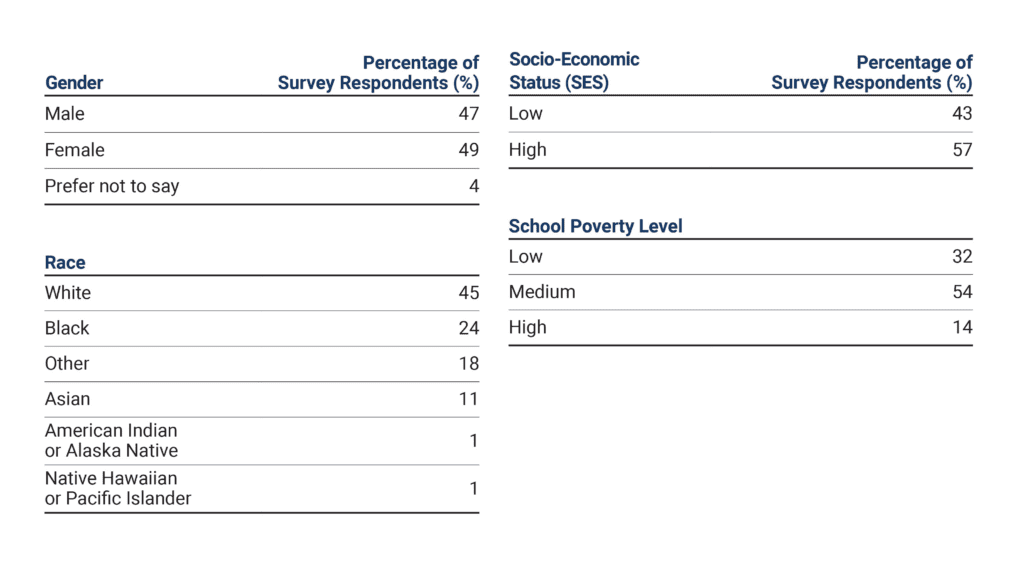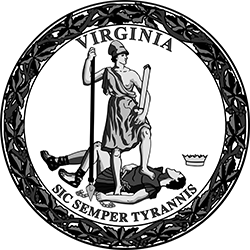The Tech Talent Investment Program (TTIP), launched in 2019, is a historic $1.1 billion, 20-year investment in Virginia’s tech talent pipeline. TTIP was conceived as part of Virginia’s 2018 winning proposal to Amazon for HQ2. Participating institutions have set goals to increase the number of BS and MS graduates in Computer Science and related fields […]
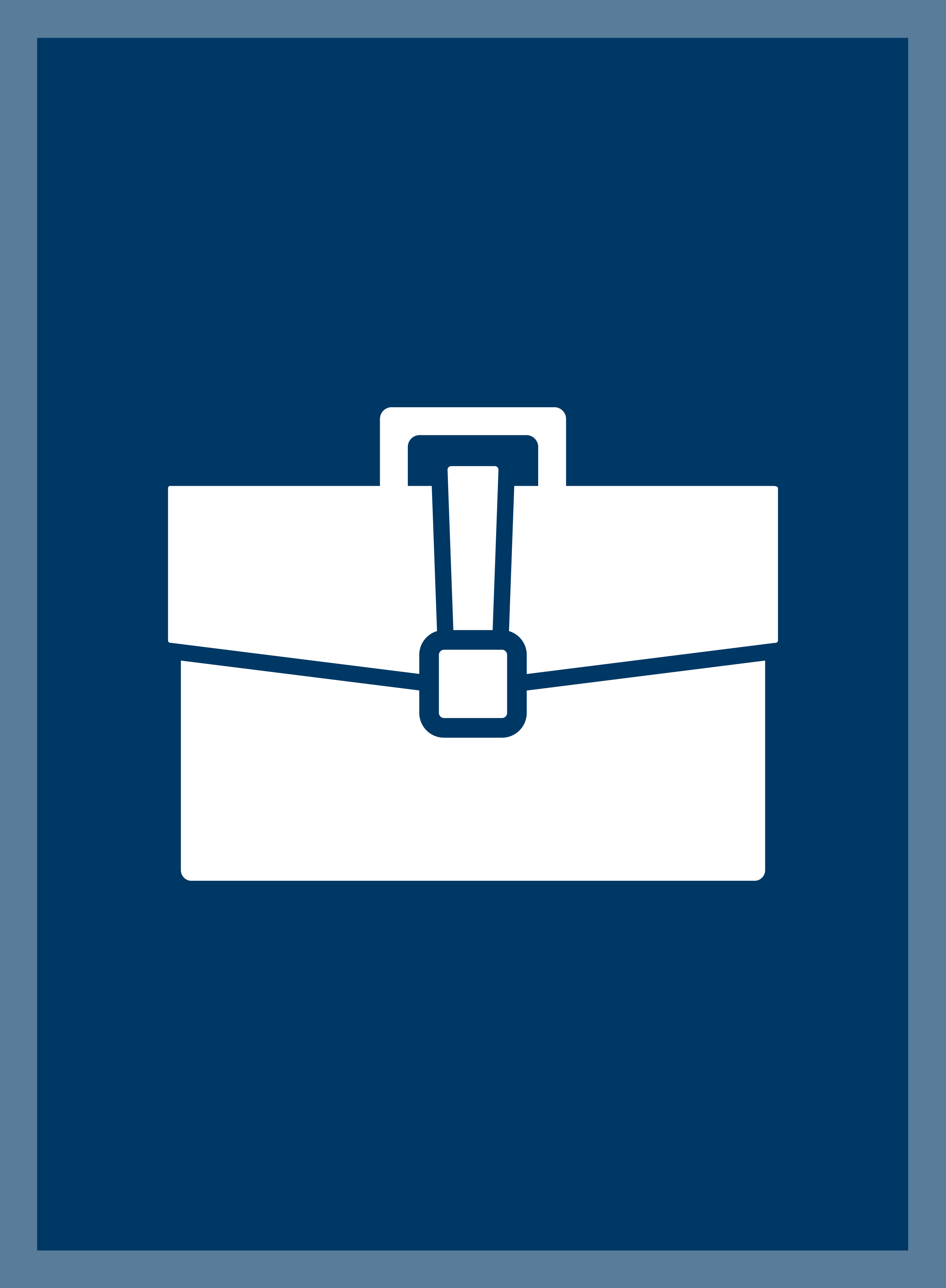
Improving Virginia's Career Readiness System: The OECD Survey of High School Students (Brief #3)
The international Organisation for Economic Co-operation and Development (OECD) recently conducted an in-depth review of career readiness activities in K-12 schools in Virginia. The study is part of the OECD Career Readiness project, which is examining and benchmarking career readiness practices across the globe to help governments, schools, employers, and other stakeholders better prepare students to enter the workforce. The final report was published on December 1, 2023, and is available here. This is the third in a series of briefs based on the report. As part of their study, OECD surveyed high school students about their experiences with career readiness and their future plans. This brief includes the results of that survey.
Survey Overview
OECD regularly surveys students across the globe about their career readiness experiences through questionnaires that are part of the Programme for International Student Assessment (PISA). The Virginia survey was modeled after PISA questions. It also included questions specific to the Commonwealth. The survey consisted of 30 questions about students’ participation in different career readiness activities and their education and career plans. The final survey sample included almost 10,000 10th- and 11th-grade students in 46 public high schools across Virginia. The Appendix at the end of this brief describes the sample in terms of gender, race, socio-economic status, and school poverty level.
Survey Results
Participation in Career readiness Activities
Students were asked about their participation in a variety of career readiness activities. These activities are categorized as career-exploring activities and career-experiencing activities.
Career-exploring activities provide students with information about careers and/or teach career readiness skills. They include:
— Speaking to a school advisor
— Attending a job fair
— Visiting a business
— Writing a resume
Career-experiencing activities involve students participating in the world of work. They include:
— Volunteering
— Participating in an internship
— Working at a part-time job
All students reported participating in at least one career-exploring activity, and 83% reported participating in at least one career-experiencing activity. Certain career-exploring activities were far more common than others. The most frequently reported activity was learning how to find information on jobs the student was interested in (87%), but most students (62%) did this outside of school. Compared to students from other OECD countries, Virginia students were less likely to have participated in job shadowing or a worksite visit or to have visited post-secondary institutions.
Virginia students participated in career-experiencing activities at rates similar to the United States as a whole (based on 2018 PISA data). Fifty-four percent of respondents volunteered, and 41% worked at a part-time job. Only 11% of students had participated in an internship.
Students were also asked about career readiness activities of special interest to the Commonwealth. The Virginia Department of Education (VDOE) mandates that each middle and high school student should have an academic and career plan (ACP). In practice, 74% of respondents reported having an ACP aligned with their career of interest and that included the steps they needed to take after graduation. Sixty percent of students had access to industry-recognized credentials aligned with their ACPs. Similarly, 57% reported receiving information about work-based learning experiences. Only a slight majority (56%) of students indicated that the career counseling they received helped them choose classes aligned with their future careers.
Figure 1: Students' Participation in Career-Exploring Activities
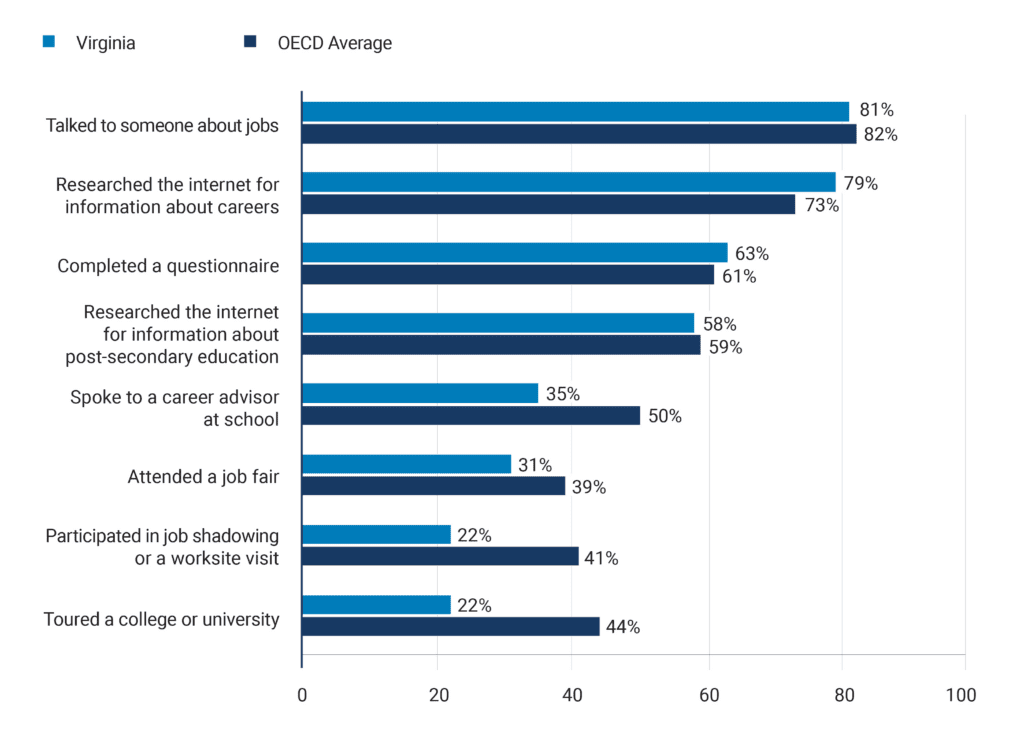
Importance of School for Future Careers
Overall, most students agreed that school was important and helpful for their future careers and education. The results are similar to those from the OECD survey of Virginia young adults (see OECD Brief 2). Eighty-seven percent of respondents agreed with the statement “trying hard at school will help me get a good job,” and 95% agreed that “trying hard at school will help me get into a good college or university.” Students with higher grades and students who planned to pursue higher levels of education reported higher levels of satisfaction with their high school preparation.
At the same time, many students reported that school did not provide sufficient career development support. Fewer than 50% of students reported meeting people in occupations relevant to their future careers through school, and a similar percentage of students indicated that they did not get the experience of working in an area related to their future careers through school. Less than 40% of students said that school had helped them decide on the right qualifications to follow their career ambitions.
Figure 2: Virginia Students' Beliefs about the Importance of School for Career Planning
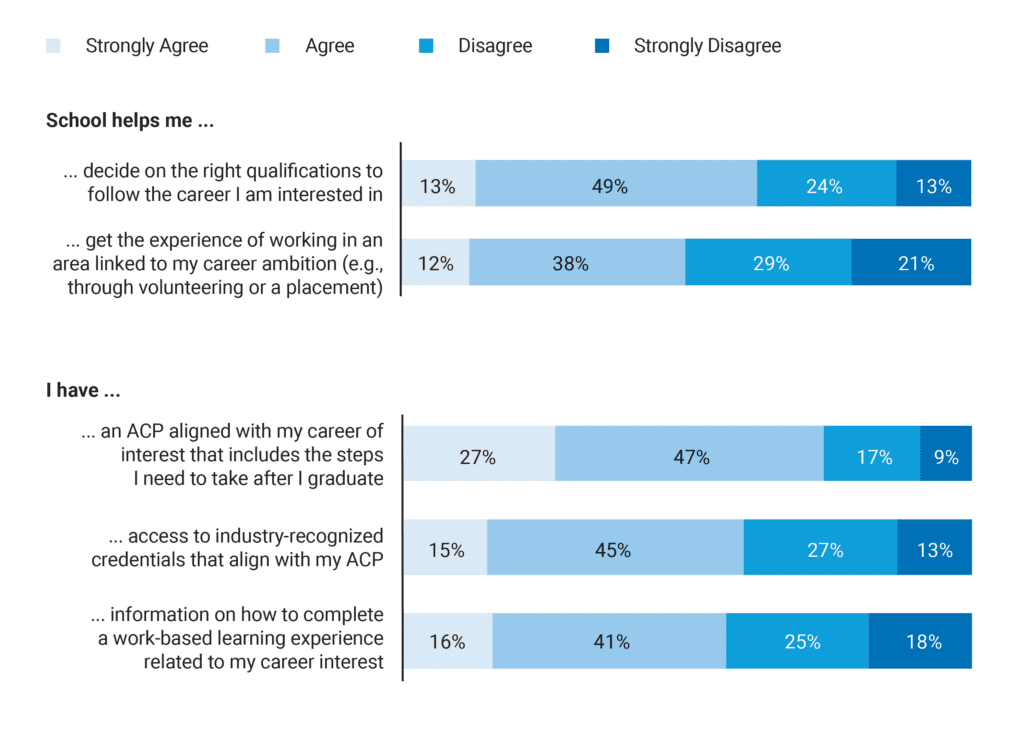
Interest in Career Clusters and Future Careers
Virginia’s career and technical education (CTE) programs are organized into 17 career clusters. These clusters include 83 career pathways. Respondents were asked to select the CTE cluster they were most interested in as part of the survey. Figure #3 includes the results of that question. Students were most interested in Science, Technology, Engineering, and Mathematics (STEM) (19%), followed closely by Heath Science (17%).
Figure 3: Students' Preferred Career Cluster
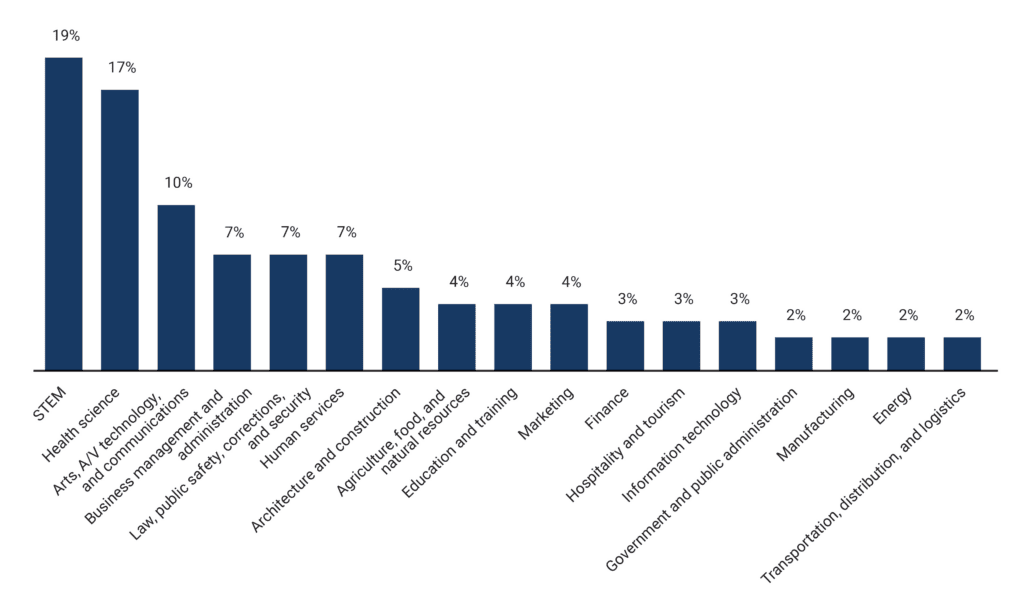
Students were also asked to list the career they expected to have when they were 30 years old. Among respondents who named a specific occupation, the most common occupational group was health professional (23%). Legal, social, and cultural professional was the second most common (13%), followed by science and engineering associate professional (10%) and science and engineering professional (7%). Very few students anticipated being an electrical and electronics trades worker (2%) or an information and communications technician (3%).
Education and Career Plans
After high school, 78% of respondents plan to pursue an associate degree or higher. This is lower than the United States average from 2018 (88%). In five years (age 20–22 for most respondents), a majority (61%) expect to be enrolled in post-secondary education. This is higher than the OECD average (not including the United States) of 40%. Twenty-six percent of respondents plan to be working in five years.
Students reported making their career plans based on a variety of factors, but the labor market and expected salary were most important. Eighty-one percent of respondents indicated that employment opportunities were either a very important or important factor. A similar percentage (80%) listed the expected salary as important or very important. Students reported being less concerned about the plans of their friends (29%), the social status of the occupation (40%), or their parents’ or guardians’ expectations (52%).
Figure 4: Factors in Students' Career Decision Making

Conclusion
The OECD survey of Virginia high school students provides important information about students’ experiences with career readiness activities and their future education and career plans. Virginia students reported engaging in a variety of career readiness activities in high school, but they participated in job shadowing and worksite visits at a lower rate than students from other countries. Overall, most students believed that high school was important for their future education or careers, but they also reported insufficient career development support, including experiences with employers and the workforce.
Appendix
Table 1: Demographics of Survey Respondents
